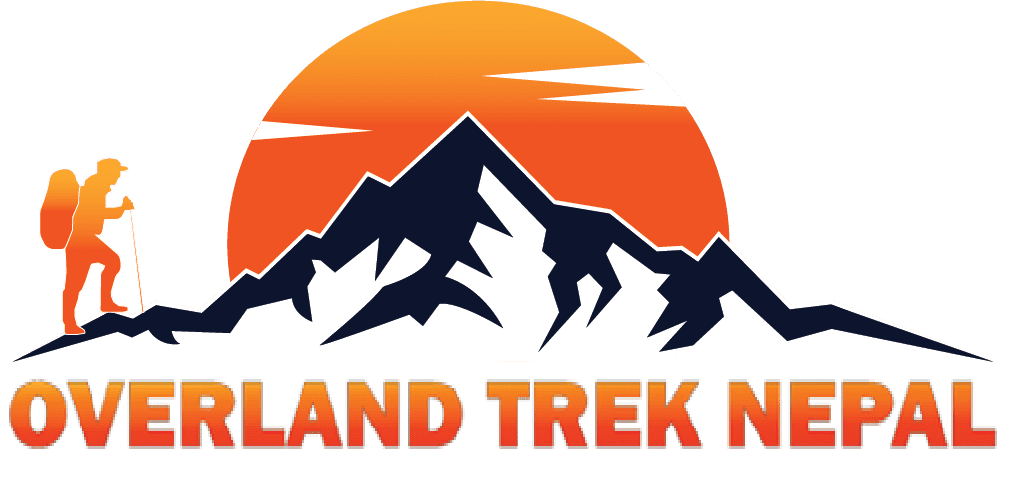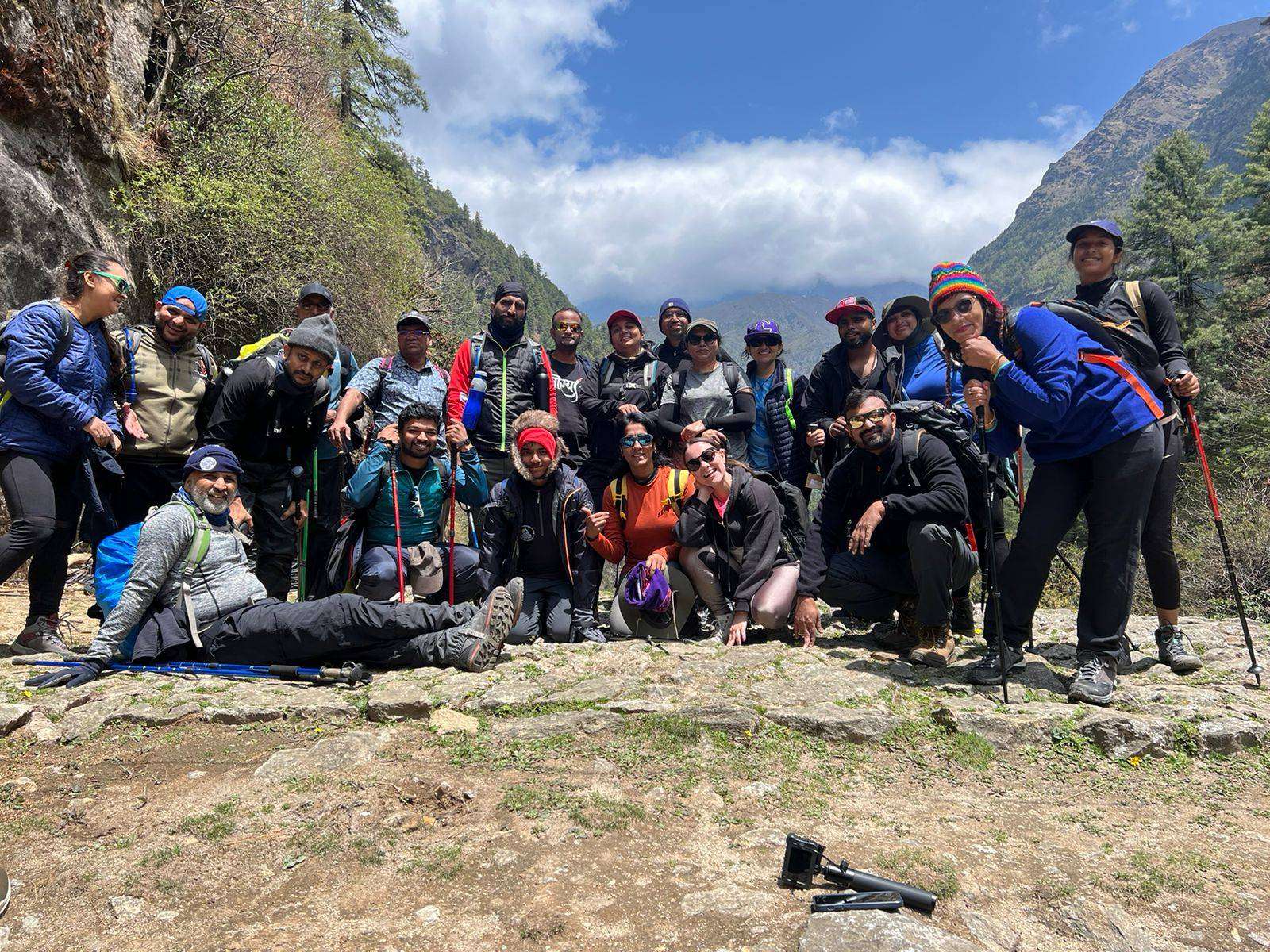Are you planning to do a Trek and tour in Nepal? If yes, you should know 15 Hidden Tips While Trekking in Nepal before you come to Nepal.
Nepal, a landlocked gem nestled between India and China, is a trekker’s paradise. It boasts some of the most breathtaking mountain vistas on the planet, making it a magnet for adventure seekers from across the globe. Whether you’re a seasoned mountaineer or a novice hiker. Also, Nepal offers a trekking experience like no other. In this article, we delve into the 15 Hidden Tips While trekking in Nepal. Likewise, exploring its stunning landscapes, rich culture, and essential tips for a memorable journey.
The Himalayan Wonderland of Nepal
Nepal is synonymous with the Himalayas, and rightfully so. Nepal is home to eight of the world’s 14 highest peaks, including the iconic Mount Everest, the Earth’s tallest mountain. While, summiting Everest is the dream of a select few, trekking in the Everest region is accessible to many. The Everest Base Camp Trek is a popular choice, taking you through lush forests, Sherpa villages, and finally, to the foot of the mighty Everest.
However, Nepal’s trekking offerings extend far beyond Everest. The Annapurna and Langtang regions are equally captivating. However, The Annapurna Circuit, often dubbed one of the world’s greatest treks, meanders through diverse landscapes, from subtropical forests to arid high plateaus. Along the way, trekkers are treated to close-up views of Annapurna, Dhaulagiri, Machapuchare, and other giants of the Himalayas.
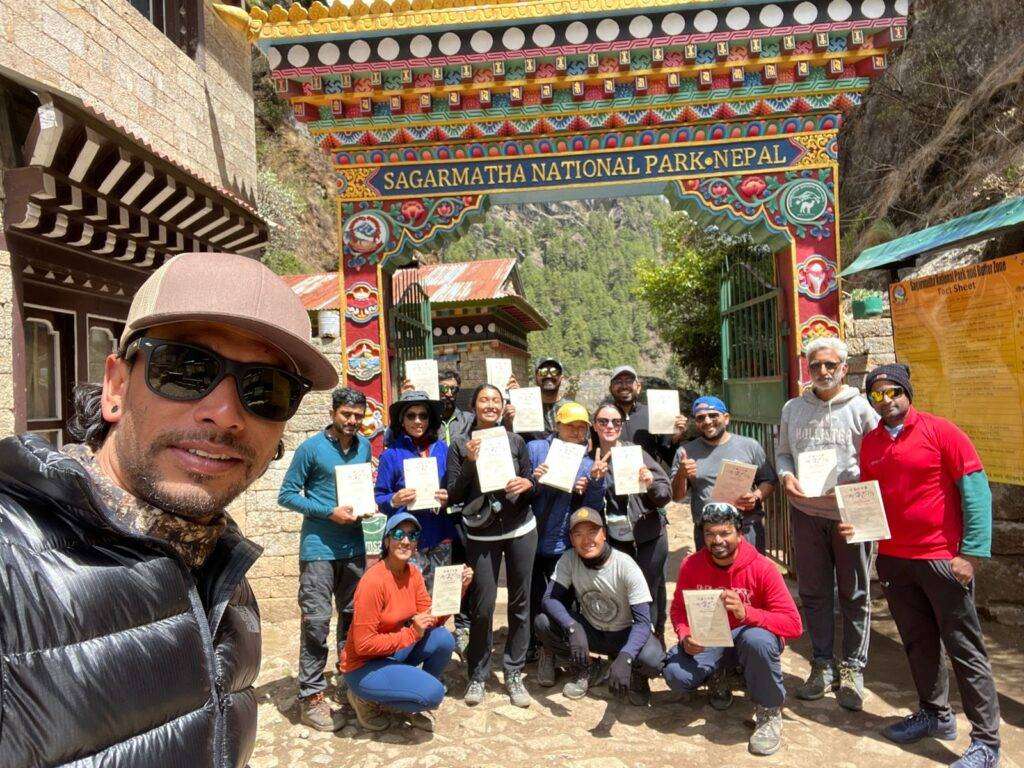
The Langtang Valley Trek offers a more tranquil experience. Also, with its pristine alpine scenery and friendly Tamang and Sherpa communities. It’s a great option for those seeking a less crowded trail while still enjoying stunning mountain vistas.
Culture and Tradition in Nepal
Trekking in Nepal is not just about the mountains; it’s a journey through a rich tapestry of cultures and traditions. As you ascend through picturesque villages, you’ll encounter warm and welcoming locals who are proud of their heritage. Also, Be prepared to exchange “Namaste” greetings and engage in conversations that transcend language barriers.
Nepal is predominantly Hindu but boasts a significant Buddhist presence, creating a unique blend of spirituality. Moreover, Trekking routes are adorned with colorful prayer flags, chortens (Buddhist shrines), and monasteries that offer insight into the spiritual life of the region.
Don’t miss the opportunity to savor authentic Nepali cuisine in teahouses along the trail. Likewise, Dal Bhat (lentil soup with rice), momo (dumplings), and Sherpa stew are just a few of the delicious options that will fuel your journey.
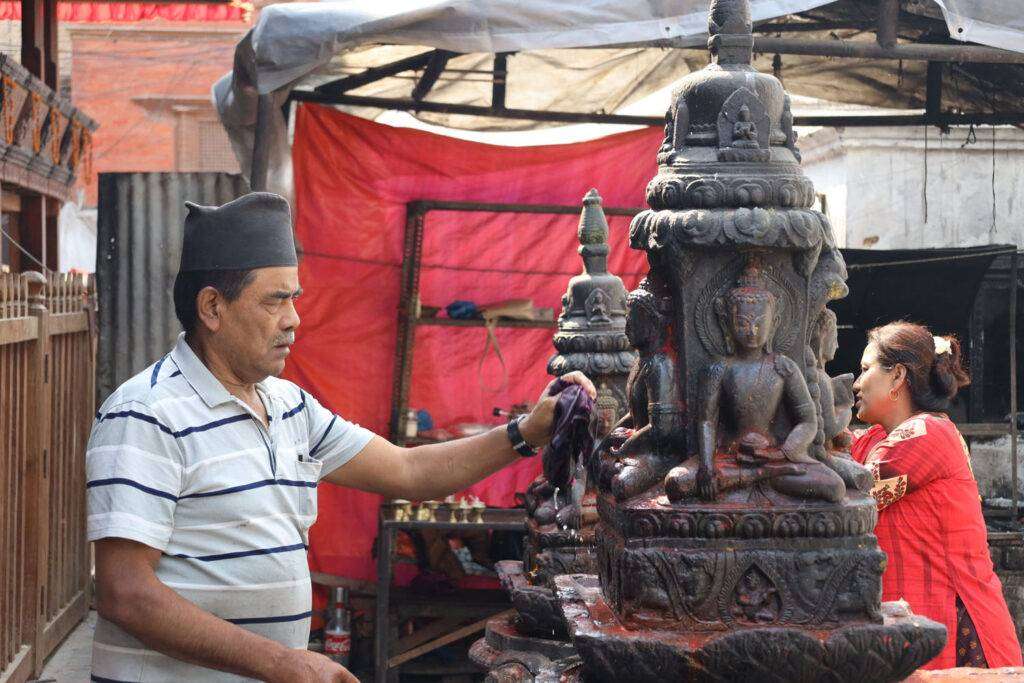
15 Hidden Tips While Trekking In Nepal
Trekking in Nepal is a popular and rewarding adventure for outdoor enthusiasts from around the world. Also, The country’s diverse landscapes, from the towering peaks of the Himalayas to lush forests and remote villages, provide a wide range of trekking opportunities. Here are 15 Hidden tips while Trekking In Nepal.
- Plan and Research:
- Research the trekking routes in Nepal and choose one that suits your fitness level and interests.
- Obtain the necessary permits and understand the regulations for your chosen trek.
- Consider the best time to visit, which is usually during the pre-monsoon (spring) and post-monsoon (autumn) seasons.
- Physical Preparation:
- Build your fitness level with cardiovascular and strength training exercises.
- Practice walking or hiking with a loaded backpack to get accustomed to carrying weight.
- Acclimatization:
- Acclimatize properly by ascending gradually to higher altitudes to avoid altitude sickness.
- Spend an extra day at higher altitudes to allow your body to adjust.
- Pack Light:
- Pack only essential items. Lighter backpacks are easier to carry at high altitudes.
- Invest in good quality, lightweight trekking gear.
- Proper Footwear:
- Wear comfortable, waterproof, and broken-in trekking boots.
- Bring spare socks to keep your feet dry and warm.
- Layer Clothing:
- Dress in layers to accommodate changing weather conditions. Include a moisture-wicking base layer, an insulating middle layer, and a waterproof outer layer.
- Stay Hydrated and Eat Well:
- Drink plenty of water to stay hydrated at high altitudes.
- Consume a balanced diet with carbohydrates, protein, and fats to maintain energy levels.
- Respect Local Culture:
- Learn about and respect local customs and traditions.
- Dress modestly, especially in villages and religious sites.
- Use Guides and Porters:
- Consider hiring guides and porters to support the economy and make your trek more comfortable.
- Porters can carry heavy loads, allowing you to enjoy the trek more.
- Altitude Sickness Awareness:
- Be aware of the symptoms of altitude sickness (headache, nausea, dizziness, etc.) and know when to descend if necessary.
- Carry a basic medical kit and altitude sickness medication as a precaution.
- Travel Insurance:
- Get comprehensive travel insurance that covers trekking in Nepal, including medical evacuation.
- Environmental Responsibility:
- Practice Leave No Trace principles. Carry out all trash and minimize your impact on the environment.
- Use reusable water bottles and water purification methods to reduce plastic waste.
- Weather and Route Updates:
- Keep an eye on weather forecasts and be prepared for changing conditions.
- Check in with locals or other trekkers for updates on trail conditions and accommodations.
- Emergency Contacts:
- Carry a list of emergency contacts, including local authorities, embassy or consulate information, and your trekking agency’s contact details.
- Enjoy the Journey:
- Take time to appreciate the stunning landscapes, interact with locals, and immerse yourself in the culture of Nepal.
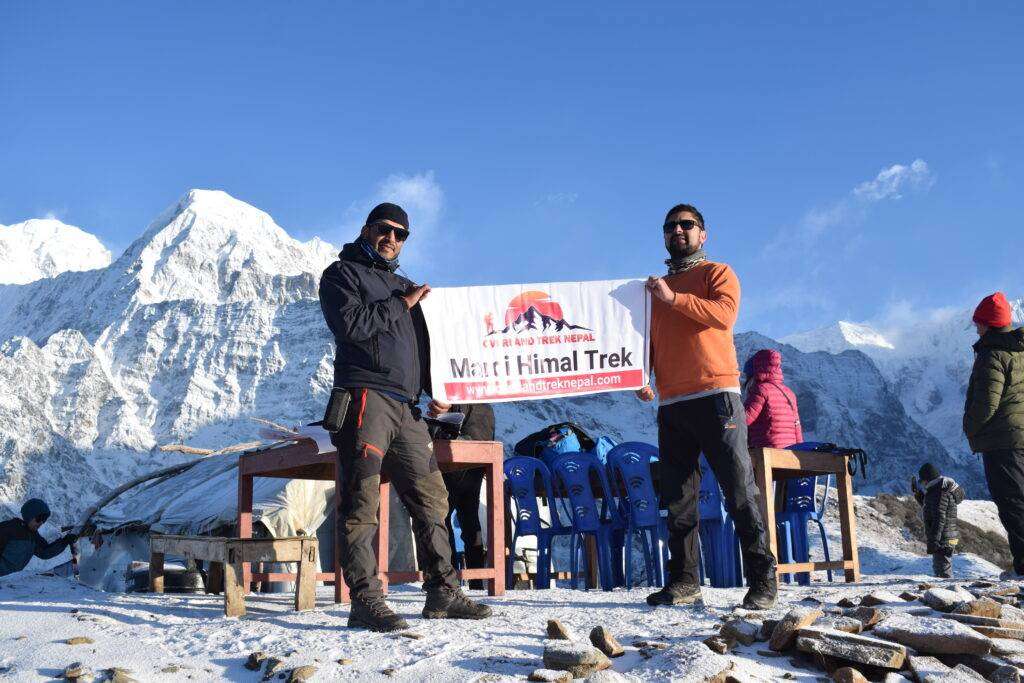
Conclusion: Hidden Tips to Trekking in Nepal
Remember that safety should always be a priority when trekking in Nepal. Also, It’s essential to be prepared, physically fit and informed about the trekking route you choose. Additionally, traveling with a reputable trekking agency can provide you with valuable guidance and support throughout your journey.
